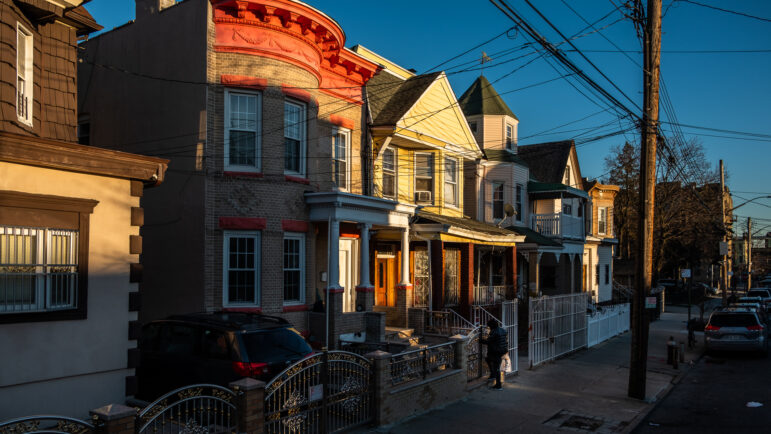The HCZ model might not work in every depressed urban center. But something else might work in those cities—or might already be working, albeit outside the media spotlight or the White House’s embrace.William Strickland, like Canada, has dedicated most of his adult life to working to counter urban poverty. He established the nonprofit Manchester Bidwell Corp. in 1968, in Pittsburgh’s toughest district, first as an arts education resource for local schoolchildren and later, when Pittsburgh’s steel industry collapsed, to provide vocational training for unemployed workers. Today, the corporation works with Pittsburgh public schools, placing artists in the classroom and offering a broad swath of after-school, summer and evening programs for kids and adults.An overwhelming majority of teenagers who participate in Strickland’s programs—90 percent—graduate from high school.




